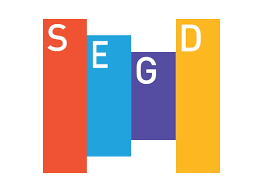ARCHIVE: Category Archive for: Signage Tips
5 Things You Probably Didn’t Know About Green Signage
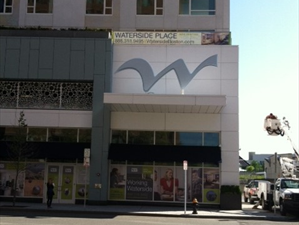
There’s a lot of talk about “green” these days because many firms are jockeying to position themselves as environmentally conscious and more “green” than their competitors. The signage industry can be a major partner in this effort. To help bring you up to speed, here are 5 things you probably don’t know about “green” signage: 1. Signage can help a facility gain LEED (the US Green Building Council’s “Leadership in Energy and Environmental Design”) certification. For example, interior signs crafted from certain materials can provide credits toward LEED certification. 2. Upgrades to signage can provide big environmental benefits at major savings, compared with total replacement. Refurbishing old signage saves money and eliminates the use of new material (that doesn’t have
New Supreme Court Ruling on Signage

The Supreme Court has been much in the news recently, but hardly any of the media noticed or reported on one if its decisions that could have profound impacts on the signage industry. Specifically, in the case: Reed v. Town of Gilbert (Ariz.), the Court ruled that limiting temporary directional signage more than other types of temporary signage is a violation of the First Amendment. The ruling was unanimous, but several of the Justices issued their own opinions regarding the meaning and extent of the ruling. As a result, it will probably take years for the legal community to sort out what the practical impact of this new ruling on the signage industry will be. Limitations on Temporary Directional Signage
Signage Quiz Number 4 in a Series
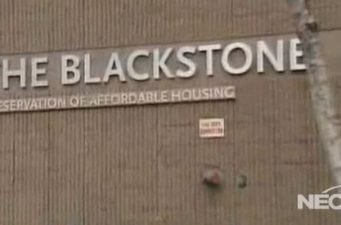
How much do you really know about signs and signage? Avid readers of this Metro Sign and Awning blog are probably near-experts in signs and signage, with a detailed understanding of signage technology and an encyclopedic knowledge of signage history. To see how much you know, here’s a quick quiz based on previous posts in this blog. How many answers can you get right? All the answers should be known to you, provided you’ve been reading this blog: Question 1: What many people don’t know about ADA signage is: a) The rules are all about putting Braille where blind people can read it. b) The rules are all about helping people with mobility problems. c) The rules are all about
Make Bold Statements With Dimensional Signage
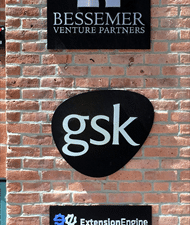
Make Bold Statements With Dimensional Signage Dimensional (also called “3-D”) signs are another powerful tool in our “signage expert” portfolio. Whether built for indoor or outdoor installation, these vivid, tactile signs can be custom fabricated in almost any shape, color, and size to help realize almost any design intention. Dimensional signage readily stands out from the visual background and has been shown to work very well for such signage applications as: Company Logos and Logotypes Building Identification and Numbering Directional and Wayfinding Signs Office and Lobby Branding While dimensional signs were once a relatively difficult and complex option, today, with our expert technicians overseeing our state-of-the-art, computer-controlled cutting equipment, we can quickly and accurately translate almost any design into dimensional
In A Nutshell: Boston Redevelopment Signage Requirements
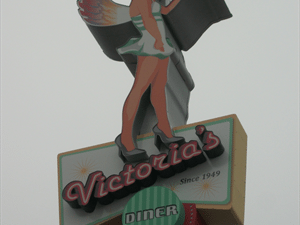
The Boston Redevelopment Authority recognizes that storefronts and signage significantly shape the character of a given district. To help control and improve that character, the BRA and the City of Boston have enacted regulations and established guidelines for the city as a whole, and for many special districts. The idea is to help ensure that storefronts and signage complement their local neighborhoods. Nevertheless, every effort is made to allow individual business owners to effectively promote their goods and services, and also to express their individuality and creative ideas. Over the years, Metro Sign and Awning has developed a good deal of expertise and experience in working with the various regulatory agencies, helping business owners, architects, and developers to realize their
Classic New England Signage
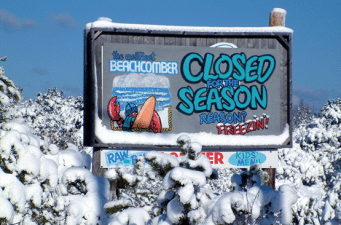
We can’t really take credit for this one. Browsing the web the other day we came across a blog that celebrates New England through signage you’re unlikely to see anywhere else. It resonated with our hearts as well as minds, so we decided to link to some of the photos it displays. For example, we New Englanders have a unique way of stating things: Thickly Settled And we love our heritage, enough so that we’re unlikely to update a sign just because it is showing its age, like this one. Slow School Other areas of the globe have winter, but few of them are inhabited by people so comfortable with the annual changes in weather
Keeping Signage In Good Shape: Best Ways To Remove Graffiti
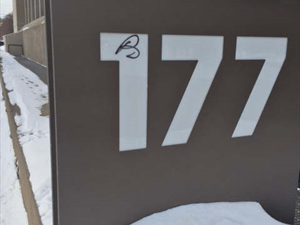
Keeping Signage In Good Shape: Best Ways To Remove Graffiti In today’s rough and tumble world, signage is subject not only to the usual wear and tear, but also to the appearance of graffiti. And that can be problematic, because if you don’t remove the graffiti within 24 hours, it’s likely to attract more of the same. That’s why, although we spend a lot more time thinking of what signage to build for our clients and the best ways to install it, we have also cultivated a certain degree of expertise in graffiti removal. That’s a big reason we sometimes select special materials – such as high pressure laminate – for signage intended for the MBTA or for schools, where
Signage in the News – Parking Guides, Indy 500, Train Signs and More
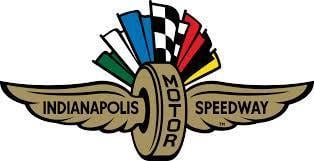
Have you discovered the Metro Sign and Awning Industry News page yet? Each week we gather information of interest to those in the sign industry, as well as business people who care about signage. Here are a few recent highlights: Los Angeles Introduces New Concepts in Signage Nikki Sylianteng had an idea. The designer reached out to Seleta Reynolds, who was about to take over as Director of Los Angeles’ Department of Transportation. As a result, about 100 brand new parking control signs are currently being tried out in a 15-block area near downtown Los Angeles. The goal is to develop a new generation of simple, well-designed signs that tell drivers where they can and cannot park their cars at
Issues in Sign Illumination
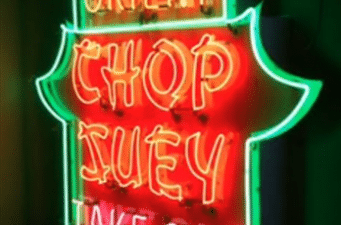
It’s understandable that local communities would want to regulate the signs that businesses install. City residents are naturally interested in maintaining high standards regarding community appearance and aesthetics. The problem is that local codes can easily become overly restrictive, and inadvertently prevent business owners from advertising in legitimate ways, particularly as technology and community standards change. Sign lighting is one of the most problematic issues within this regulatory arena. For example, many communities have regulations that simply assume nighttime illumination of signage is automatically harmful and unsightly. As a result, these communities often enact overly restrictive codes that can negatively impact the community’s economic health, as well as impose unnecessary costs on small business owners struggling to keep their heads
Channel Letter Signs Offer Many Advantages
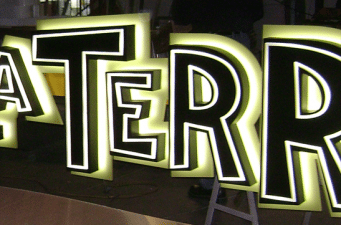
Channel letters are among the most common signs we make, and for good reason. They are cost effective, easily shaped, extremely vivid (when designed well), and long lasting. Here are a few facts you probably don’t know about channel letter signage: 1. Because of the innate flexibility of channel letter fabrication, these three-dimensional signs can be made in almost any font or graphical shape, in almost any size, color and style. The major limitation on channel letter signage tends to be local zoning codes and other regulations. 2. Channel letters displayed against a solid color background can be seen and recognized from great distances. One common guideline is to size the letters 1.5 inches high for every 25 feet you
Categories
Recent Posts
Tags
Copyright 2022 MetroSign and Awning, All rights reserved | Privacy Statement | Terms of Use
